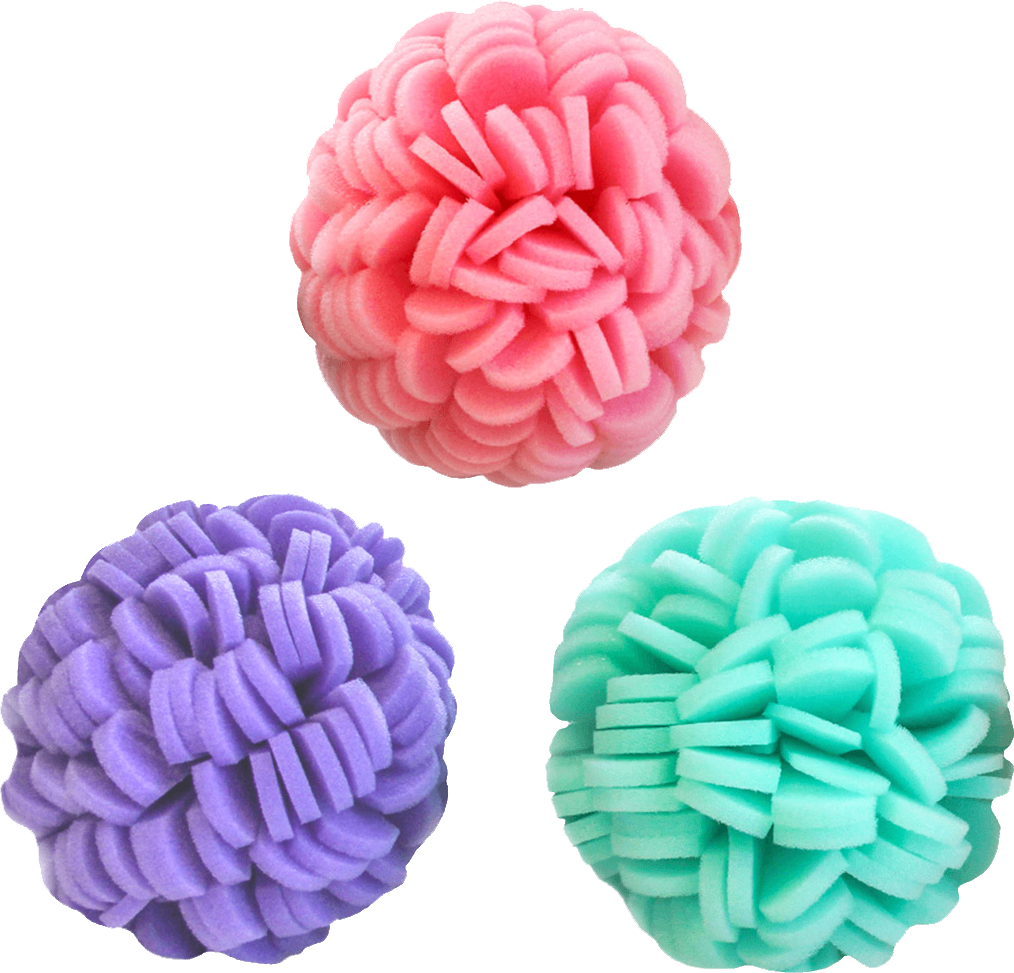Exfoliation is a part of every great skincare routine. Unfortunately, there are certain skin types who should abstain from exfoliating, at least until their skin returns to a healthier state – but do you know which skin types should refrain from exfoliating? Below we have answered some of our readers’ questions about which skin types should and should not be exfoliated.
Can I Exfoliate Children’s Skin?
You can indeed exfoliate a child’s skin, especially if he or she suffers from a condition like keratosis pilaris or psoriasis (DERMADoctor). However, Dr. Neal Schultz recommends that you begin exfoliating during your teenage years (ages 13-15), as exfoliation can treat and defend against the dead skin cells and debris that may contribute to acne. While you can theoretically exfoliate skin type of any age, it is best to consult with a dermatologist about using exfoliants on young children so as to determine the best products and routine (Dr. Neal Schultz for DermTV).
Can I Exfoliate Wounded Skin?
If you have open wounds, cuts, or other sore and sensitive lesions on your skin, then it is generally recommended that you don’t exfoliate. You may introduce certain bacteria or irritants into your wound when you exfoliate, so it’s best to use products that cleanse and soothe your wound instead of exfoliating it (Healthcare-Online). Sunburn and other heat-induced burns are also considered injuries, and as such you should generally wait until these wounds have healed before pulling out your exfoliating buffs and serums. If you notice a good deal of sloughy necrotic tissue around your wound, you should consult with your dermatologist before taking up your exfoliative routine once more.
Can I Exfoliate Skin that Hyperpigmented?
Dermatologists typically use lightening agents to treat signs of hyperpigmentation, or skin discoloration due to factors like sun overexposure or aging. However, exfoliation may be able to help by breaking down these pigmented cells and subsequently fading discolored areas. Additionally, what we perceive to be hyperpigmented skin may indeed be a build up of discolored skin cells and debris. A few whisks with your exfoliating buff may instantly brighten and cleanse your skin, especially if you notice the skin darkening in creased areas like the neck and elbows (The Dermatology Review, Livestrong).
Can I Exfoliate Waxed Skin?
You can exfoliate waxed skin – but you should wait at least 24-72 hours before doing so, lest you further irritate your skin. If this is your first time being waxed or you are having a rather sensitive area waxed, then it is best to wait a few days before resuming your exfoliative routine. As an added precaution, you may want to abstain from using strong exfoliating ingredients like glycolic acid after getting waxed, as they may induce further irritation or even a rash in some users. However, that is not to say that waxed areas of the skin should never be exfoliated. Rather, exfoliation can help to prevent the formation of ingrown hairs by gently scrubbing away those skin cells which may keep the ingrown hairs incased in your skin (Claire Francoise, Absolute Body Waxing and Spa, Skin Solutions).
Bottom Line
Although exfoliation can work wonders on many skin types, there are certain individuals who should refrain from exfoliating. For example, those who have open wounds or burns should avoid exfoliation, as should those who have waxed their skin recently. Conversely, those with hyperpigmented skin can usually derive some benefit from exfoliation, whereas young children and teenagers can similarly achieve healthier skin when they exfoliate regularly. However, you may want to consider consulting with your dermatologist before exfoliating young children’s skin. You may also want to consider using one of our ViaBuff buffs, which were designed to meet the needs of 10 different skin types.






